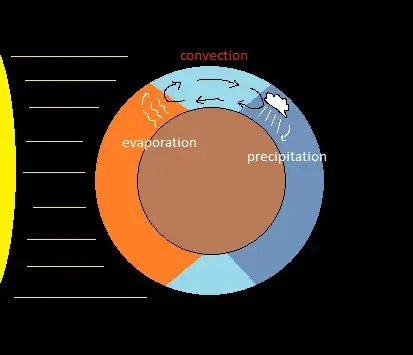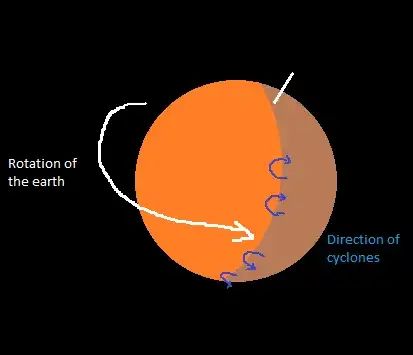How hot/cold would it get?
The extremes in seasonal temperatures on our planet are caused by relatively minor differences in solar exposure times between summer and winter. With exposures as long as 9 years, expect much greater extremes: both an uninhabitably cold night side and an uninhabitably hot day side.
Mercury serves as a good baseline because it is tidally locked but has no atmosphere. You should then adjust your numbers upward to account for the warming of an atmospheric greenhouse effect. Mercury has a surface temperature of 700 K (800 °F/427 °C) on the sunny side and 100 K (-280 °F/-127 °C) on the dark side.
Your absence of oceans will exaggerate the temperature difference between day and night that might otherwise be mildly offset by transferring heat through ocean currents (thermohaline circulation). Furthermore, larger land masses allow a planet's surface to get hotter more quickly, and increase thermal reflection, which is why the northern hemisphere of earth (which has more land masses) is hotter on average during its summer than the southern hemisphere is during its.
Fewer liquid oceans will probably correlate to lower atmospheric humidity in general, suggesting a diminished greenhouse effect such that the cold side will be exceptionally cold (colder than the coldest surface temperatures on Earth). For reference, the coldest temperature recorded on Earth was −94.7 °C (−138.5 °F).
You can safely assume there'll be an absence of liquid water on the surface of both the day and night side, but with the potential for liquid water around the twilight areas.
How would the temperature and rotation affect the climate?
A recent blog post on the Universe Factory guesses that a tidally locked planet would transfer heat from the day side to the night side via planet-wide hurricanes.
I don't entirely agree with that assessment; the center of the baked, low-pressure, zero humidity desert on the daytime side could become a meteorological "dead zone" with little wind and no capacity to support condensation or precipitation. Further, a tidally locked planet does not rotate and thus could not produce the Coriolis effect, so the Earthly process of cyclogenesis would not occur.
However, the twilight areas of the planet would see an exchange of hot and cold air from the day/night sides through the process of convection, and from the interactions of cold high-pressure systems with the warm low-pressure areas.

Now, your hypothetical planet is not tidally locked, so it would have a weak Coriolis effect, leading to a disparity between the weather systems at the equatorial twilight and the weather systems at the polar twilights.
Cyclones would form along the twilight areas and generally migrate toward the poles, although the lack of oceans on your planet could slow their advance; terrain features like mountains could also stop or divert the advancing winds.

Assuming no significant terrestrial features prevent them from doing so, the two major streams of air to the poles coming from opposite sides of the hemisphere could combine to influence the convection at the poles to generate monstrous hurricanes there.
More salient details about the weather patterns will depend on your geology and terrain.

